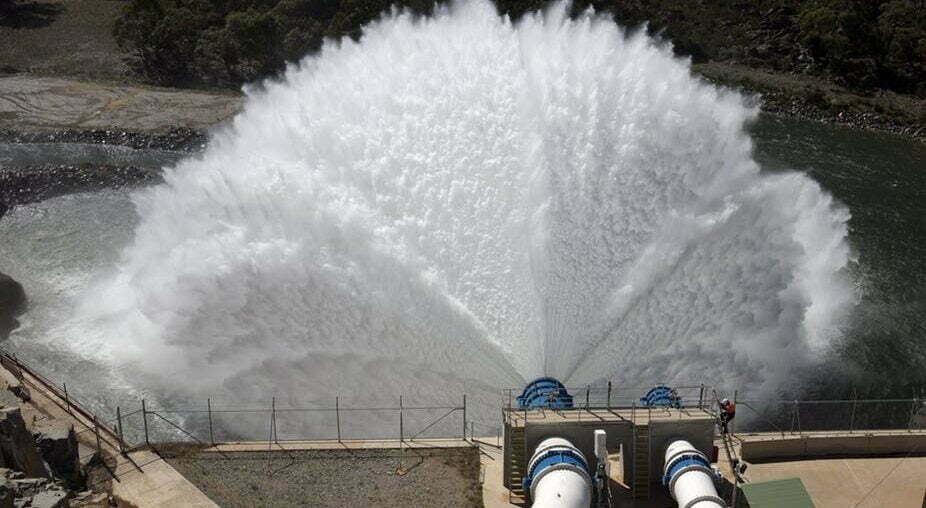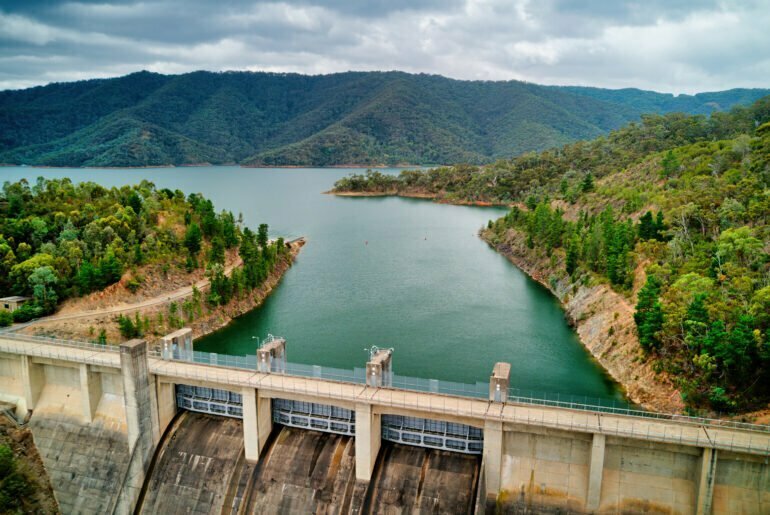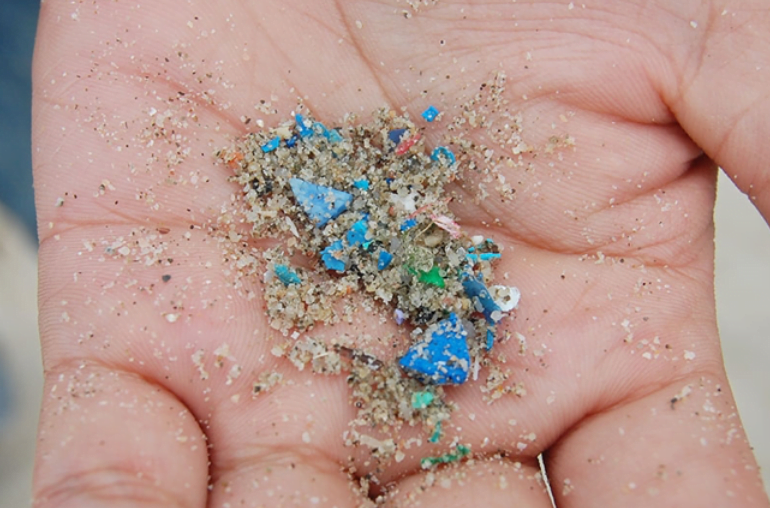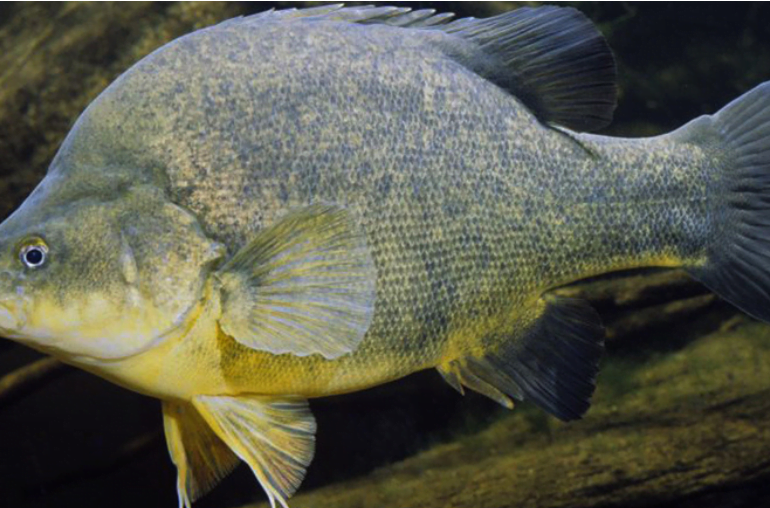The release of cold water from the base of large dams known as ‘thermal pollution’ can become a major problem for ‘warm water’ ecosystems. Downstream effects on many species extend for hundreds of kilometres, and in the MDB, several thousand kilometres of river are affected. Impacts can include direct loss of species, reduced spawning ability, loss of critical life stages such as eggs or larvae, temperature shock, reduced growth rates, delayed maturity, loss of cues to migration, increased stress and susceptibility to disease. Also, cold water favours many introduced species, and can cause changes that significantly alter the primary production of an ecosystem.

A workshop held at Lake Hume on 18-19 June 2001 brought together a broad cross-section of interests, stakeholders and professionals with expertise and first-hand experience of the problems presented by thermal pollution. Over the two days knowledge about impacts was shared, gaps in understanding highlighted, and known and potential solutions to the problem discussed.
Findings:
Evidence for the negative impacts of thermal pollution on river health, native species and ecological communities is compelling and steps need to be taken to address the issue. Negative impacts also extend to the general community in terms of fish availability and habitat loss. There are now a range of solutions available for fixing the problem, which warrant high priority and the investment of adequate resources to ensure that the appropriate dams are modified or managed to address the problem. Thermal pollution should be listed as a threatening process under relevant legislation, and all future water infrastructure decisions on rivers need to include thermal mitigation measures.
Key messages:
Thermal pollution has the potential to cause localised extinctions of some species; kill eggs and larvae outright; reduce physiological processes such as reproduction and growth, reduce the ability to combat infections; and introduce cold water shock. The most pronounced effects of cold water pollution happen during the spring/summer months when irrigation releases occur, and at which time many native species are spawning.
Full report here: Phillips, B. (Ed). 2001. Thermal Pollution of the Murray-Darling Basin Waterways. Workshop held at Lake Hume 18-19 June 2001. Statement and Recommendations plus supporting papers. Inland Rivers Network and World Wide fund for Nature Australia, 2001.



